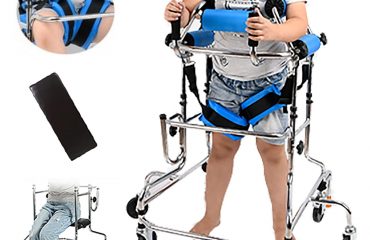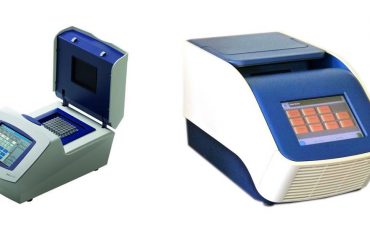Biological Safety Cabinet
When it comes to safeguarding the authenticity and credibility of labs or research facilities, the safe storage or rather protection of samples is probably the top most criteria to adhere to. This is where the role of a Biological Safety Cabinet comes in. There can be three States of Protection and these are personal protection from harmful agents within the cabinet, product protection to avoid contamination of the samples and lastly environmental protection from contaminants that are contained within the cabinet.
A Biological Safety Cabinet is a ventilated enclosure offering all three states of protection from aerosols that could arise from the handling of potentially hazardous micro-organisms. This enclosure aims to protect laboratory workers, laboratory environment and work materials from exposure to infectious or bio-hazardous aerosols and splashes. Such aerosols and splashes may be generated while manipulating materials containing infectious agents, such as primary cultures, stocks and diagnostic specimens.
When used properly, Biological Safety Cabinets have been shown to be highly effective in reducing laboratory-acquired infections and cross-contaminations of cultures. These safety cabinets have to be certified periodically for their efficiency by employing field tests to verify air flows, HEPA filter integrity, containment of contaminated cabinet air etc. Depending on their containment capabilities when working with biological agents, Biological Safety Cabinets are classified into three classes.
Class 1 cabinets offer basic personnel and environment protection for safe handling when working with chemicals and powders. Such cabinets are useful when working with low to moderate risk biological agents. In Class 1 cabinets air enters through the front aperture passing through a built-in exhaust fan, HEPA or Carbon filter and exits the cabinet at the rear of the work surface. These Class 1 Safety Cabinet is not appropriate for handling research materials that are vulnerable to airborne contamination because the inward flow of unfiltered air from the laboratory can carry microbial contaminants into the cabinet. Class 1 cabinets are suitable to handle material pertaining to Biosafety levels: 1, 2 and 3.
Class 2 cabinets offer personnel, environment and product protection. In the case of Class 2 Biological Safety Cabinet air flow, the vertical laminar flow provides operator protection by means of inflow, product protection by means of down flow and environmental protection by means of the filtered exhaust. Class 2 cabinets are ideal when working with low to moderate risk biological agents and materials with Biosafety Levels: 1, 2 and 3. This triple filter cabinet is especially useful for working with hazardous materials such as cytostatics, virus manipulation and category 3 pathogens.
A Class 3 Biological Safety Cabinet is an aerosol-tight enclosure and is also referred to as the” Glovebox”. Class 3 Biological Safety Cabinet provides the same protection as a Class 2 but is designed for working with Biosafety Level 4 high risk and highly infectious agents and provides the highest level of protection for the environment, product and user. Removal of materials from the cabinet follow strict protocols and must be through a safety airlock transfer hatch or double door autoclave, which is located on the side of the chamber of the BSC for decontamination. The Ebola, the Lassa virus and any agent with unknown risks of pathogenicity and transmission are ideal to be handles in Class 3 cabinets.
For enquiries and bookings, call 9400630000, Whatsapp – 9447771361 or send an
email to MediTvm@gmail.com




